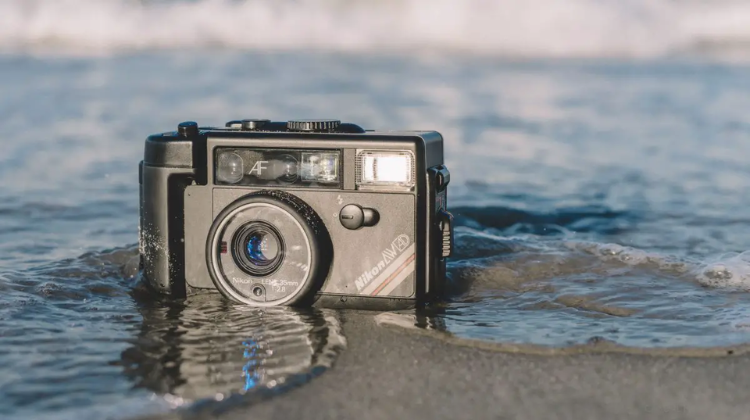Waterproof cameras are a game-changer for adventurers, swimmers, divers, and outdoor enthusiasts. But have you ever wondered how these rugged little devices actually work?How Does a Waterproof Camera Work?
Let’s dive into the fascinating technology behind waterproof cameras and discover what makes them immune to water damage.
1. Sealed Design and Waterproof Housing
The most crucial aspect of any waterproof camera is its completely sealed body. Unlike regular cameras, which have tiny openings and vulnerable joints, waterproof cameras are designed with:
-
Rubber gaskets or O-rings: These sit around doors and seams to prevent water from seeping inside.
-
Precision-sealed buttons: The buttons are designed to remain responsive while keeping out moisture.
-
Waterproof casing: Some cameras have built-in waterproofing, while others use an external housing for protection, especially in deeper waters.
This airtight construction ensures that water can’t reach the sensitive internal parts like the battery, lens mechanism, or memory card.
2. Pressure-Resistant Materials
Waterproof cameras are made with materials that can withstand the increased pressure found underwater. As you dive deeper, the water pressure intensifies. To handle this, the camera:
-
Uses reinforced shells, often made from durable polycarbonate or stainless steel.
-
May include pressure sensors to regulate internal components or alert the user when limits are being approached.
Most consumer waterproof cameras are rated for depths between 10 to 30 meters (33 to 100 feet), though professional models can go even deeper.
3. Water-Resistant Lens and Coatings
The lens is often the most delicate part of a camera. To function underwater:
-
The lens cover is made from hydrophobic materials, which repel water droplets, reducing blur or smudges.
-
Some lenses include anti-fog coatings to handle temperature changes and prevent condensation inside the lens.
This ensures crisp, clear photos even when submerged.
4. Internal Waterproofing for Electronics
Modern waterproof cameras also have internal water-resistant coatings on their electronic circuits. These coatings act as a final line of defense in case any water does manage to seep through.
Some newer models even use nanotechnology to create microscopic barriers that block water molecules without affecting camera performance.
5. Underwater-Specific Features
To enhance usability underwater, many waterproof cameras include:
-
Bright LCD screens for visibility in low light
-
Special shooting modes for underwater color correction
-
Larger buttons or touch controls that work even when wearing gloves
These features make it easier to capture high-quality images and videos beneath the surface.
Final Thoughts
Waterproof cameras work through a smart combination of mechanical design, advanced materials, and protective technology. Whether you’re snorkeling in shallow water or diving deep into the ocean, these cameras are built to withstand the elements and keep capturing memories where ordinary devices would fail.
So next time you’re taking underwater selfies or documenting your beach adventures, you’ll know there’s some serious engineering at work behind every shot.

